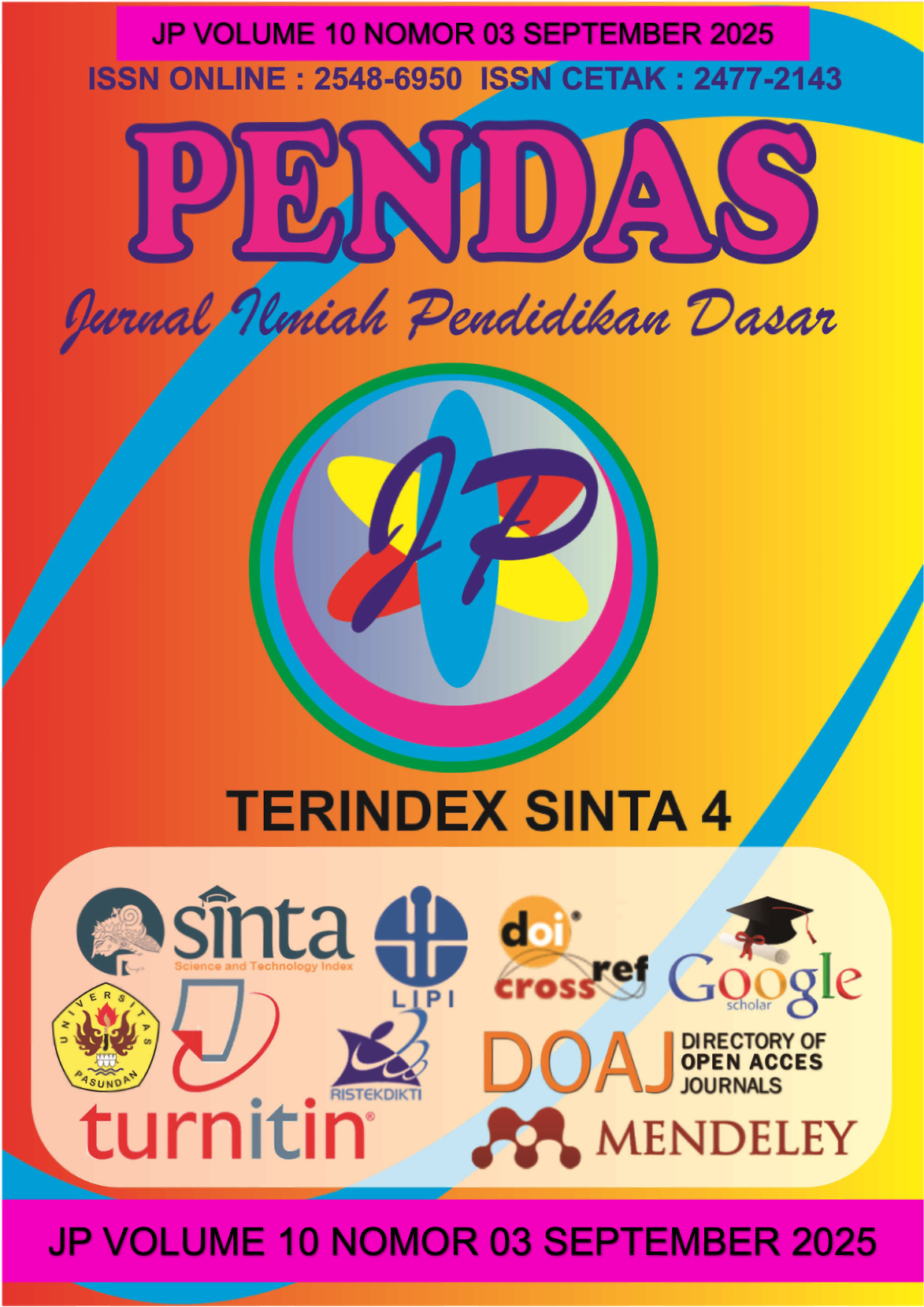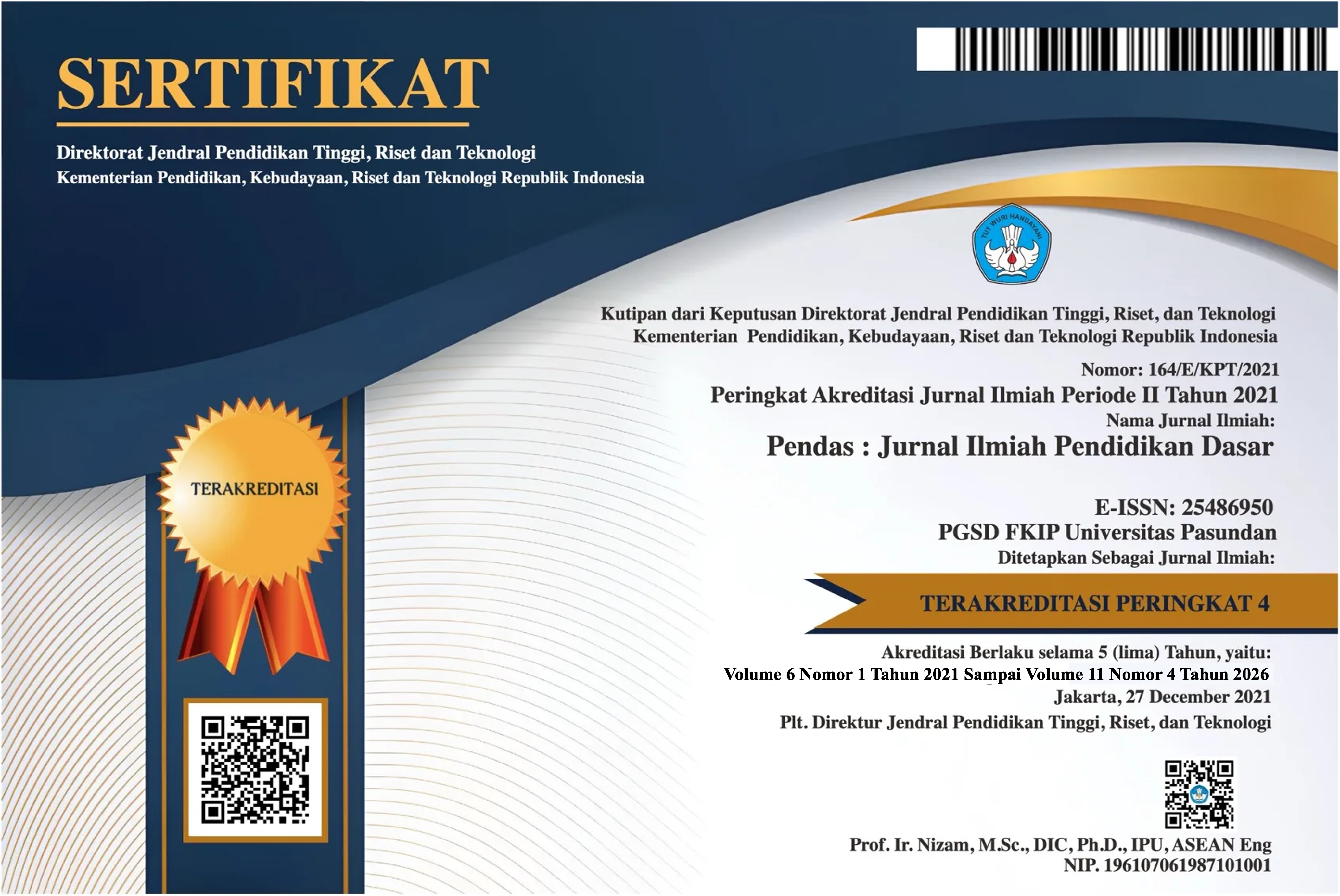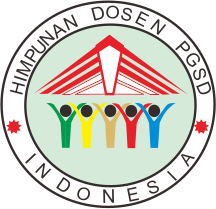ANALISIS STRUKTUR GERAK TIDI LO TONGGALO DI KECAMATAN TAPA PROVINSI GORONTALO
DOI:
https://doi.org/10.23969/jp.v10i03.31182Keywords:
Tidi Lo Tonggalo, Movement Structure, Tapa Sub-district.Abstract
Tidi Lo Tonggalo is one of several types of Tidi, where Tidi means “dance” and Tonggalo means “support”. Thus, Tidi Lo Tonggalo symbolizes how a woman acts as a pillar in the family, society, and religion, emphasizing that if she falters, so too will what she supports. Tidi Lo Tonggalo possesses a beautiful movement structure, rich with values and meanings. Analyzing its movement structure helps facilitate an accurate and clear interpretation of the dance. This qualitative descriptive study employs data collection through observation, interview, and documentation. The qualitative data analysis was continuous and iterative, involving data reduction, data display, and conclusion drawing or verification, representing the research’s success indicators. The study was conducted in Tapa Sub-district, Gorontalo Province. This dance is performed by five women and serves an entertainment function. The analysis findings of Tidi Lo Tonggalo’s movement structure are based on its compositional elements: vocabulary, spatial design, and dynamics. There are 32 movement vocabularies or poses in Tidi Lo Tonggalo, with transitional movements and repetitions on the right and left sides of the body in each sequence. The dance features nine spatial designs or floor patterns, some similar but incorporating different movements. Additionally, its dynamics are marked by changes in tempo in the musical accompaniment. Despite the tempo changes, the dancers maintain the softness of their movements throughout the performance.
Downloads
References
Admin. (2019). “Mengenal Bili’u, Baju Adat Gorontalo untuk Pengantin Wanita”. (Diakses dari https://gopos.id/mengenal-biliu-baju-adat-gorontalo-untuk-pengantin-wanita/ )
Almundia, T. S dan Ismawan. (2020). “Jurnal Ilmiah Mahasiswa Program Studi Pendidikan Seni Drama, Tari dan Musik Fakultas Keguruan dan Ilmu Pendidikan Universitas Syiah Kuala”. Analisis Struktur Tari Kreasi Ratoeh Jaroe di Banda Aceh. Volume 5 (3:138-148)
Anonim. (2014). “Statistik Daerah Kecamatan Tapa 2014”. (Diakses dari https//bonebolangokab.bps.go.id/id )
Baruadi, M.K, A. Joni dan E. Sunarty. Sejarah Kebudayaan Gorontalo. Gorontalo
Daulima, F. (2006). Mengenal Tarian Daerah Tradisional Dan Klasik Gorontalo. Gorontalo. Forum Suara Perempuan
Djafar, N. (2014). “Simbol Dan Makna Tari Langga Buwa Karya Muraji Bereki” (Tesis). Program Penciptaan Dan Pengkajian Pascasarjana Institut Seni Indonesia Yogyakarta
Muryanto, (2010). Mengenal Seni Tari Indonesia. Semarang. PT. Bengawan Ilmu
Ohi, R. La, O. K dan Nurlia, D. (2022). “Jurnal Sibermas (Sinergi Pemberdayaan Masyarakat)”. Pemberdayaan Seni Budaya Bagi Masyarakat untuk Menuju Pembangunan SDGS yang Berkualitas. Volume 1 (1:869-891)
Setiawati, R. (2008). Seni Tari Untuk Sekolah Menengah Kejuran Jilid 2. Jakarta. Direktorat Pembinaan Sekolah Menengah Kejuruan
Sitharesmi, R. D. (2024). Konteporaritas Bedoyo-Legong Calonarang: Sebuah Tinjauan Estetika Dan Hermeneutika Gadamerian. Yogyakarta. Deepublish
Sitharesmi, R. D dan Trubus, S. (2023). Analisis Tari. Yogyakarta. Deepublish
Downloads
Published
Issue
Section
License
Copyright (c) 2025 Pendas : Jurnal Ilmiah Pendidikan Dasar

This work is licensed under a Creative Commons Attribution 4.0 International License.



















